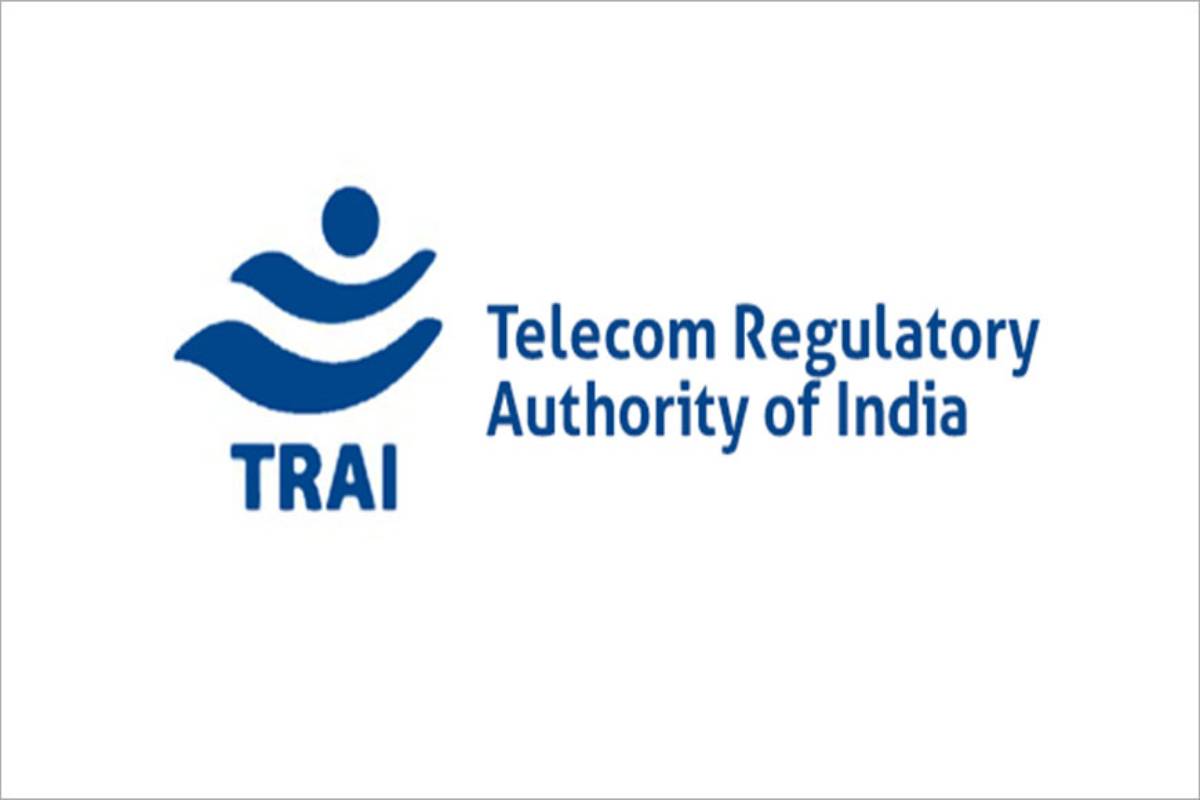The Telecom Regulatory Authority of India (TRAI) on Tuesday released recommendations on usage of embedded SIM for machine-to-machine (M2M) communications.
The authority believed that the implementation of these recommendations by the government will promote orderly growth in the M2M eSIM segment of the telecom sector in India and will stimulate the development of a homegrown M2M eSIM ecosystem in the country, thus enabling the growth of modern M2M communication.
Advertisement
According to the recommendations, all communication profiles on any M2M eSIM fitted in an imported device on international roaming in India should be mandatorily converted/reconfigured into communication profiles of Indian telecom service providers (TSPs) within a period of six months from the date of activation of international roaming on such M2M eSIM or on change of ownership of the device, whichever is earlier.
For the installation of profiles of Indian TSPs on M2M eSIMs fitted in the devices imported in India, the concerned Original Equipment Manufacturer (OEM) and M2M service provider should be given the flexibility to choose between profile download from the Subscription Manager-Data Preparation (SM-DP) of the Indian TSP to the M2M eSIMs through the existing (foreign) SM-SR, or profile download from the SM-DP of the Indian TSP to the M2M eSIMs through the new (Indian) SM-SR, after SM-SR switch from foreign to Indian.
Further, the M2MSP registrant/telecommunication service licensee, whose SM-SR controls M2M eSIMs in India, should not refuse integration of its SM-SR with the SM-DP of the licensed telecom service provider, whose profiles are to be added in such M2M eSIMs, upon the request of the concerned OEM/ M2MSP.
The M2MSP registrant/telecommunication service licensee, whose SM-SR controls M2M eSIMs in India, should mandatorily facilitate switching of its SM-SR with the SM-SR of another entity, eligible to hold SM-SR in India, upon the request of the concerned OEM/ M2MSP.
“Keeping in view the challenges in its implementation, the use of 901.XX IMSI series allocated by International Telecommunication Union (ITU) to Indian entities should not be permitted for providing M2M services in India, at this stage,” TRAI said.
With the rolling out of 5G services in the country, the opportunities for M2M ecosystem have expanded greatly, offering increased scope for applications in various sectors of the economy such as agriculture, transportation, healthcare and industrial automation, the Ministry of Communications said in a statement.
These recommendations are aimed at streamlining the regulatory landscape of M2M embedded SIM in India.
Through these recommendations, the Authority has laid emphasis on ensuring security by way of proper KYC, which is essential for ensuring network security, mitigating fraud risks and enhancing the overall integrity of the M2M eSIM ecosystem.
The Authority has also recommended a framework for profile switching of eSIMs and swapping of SM-SR. This will provide significant flexibility to the M2M eSIM users and will promote healthy competition in the sector.
















